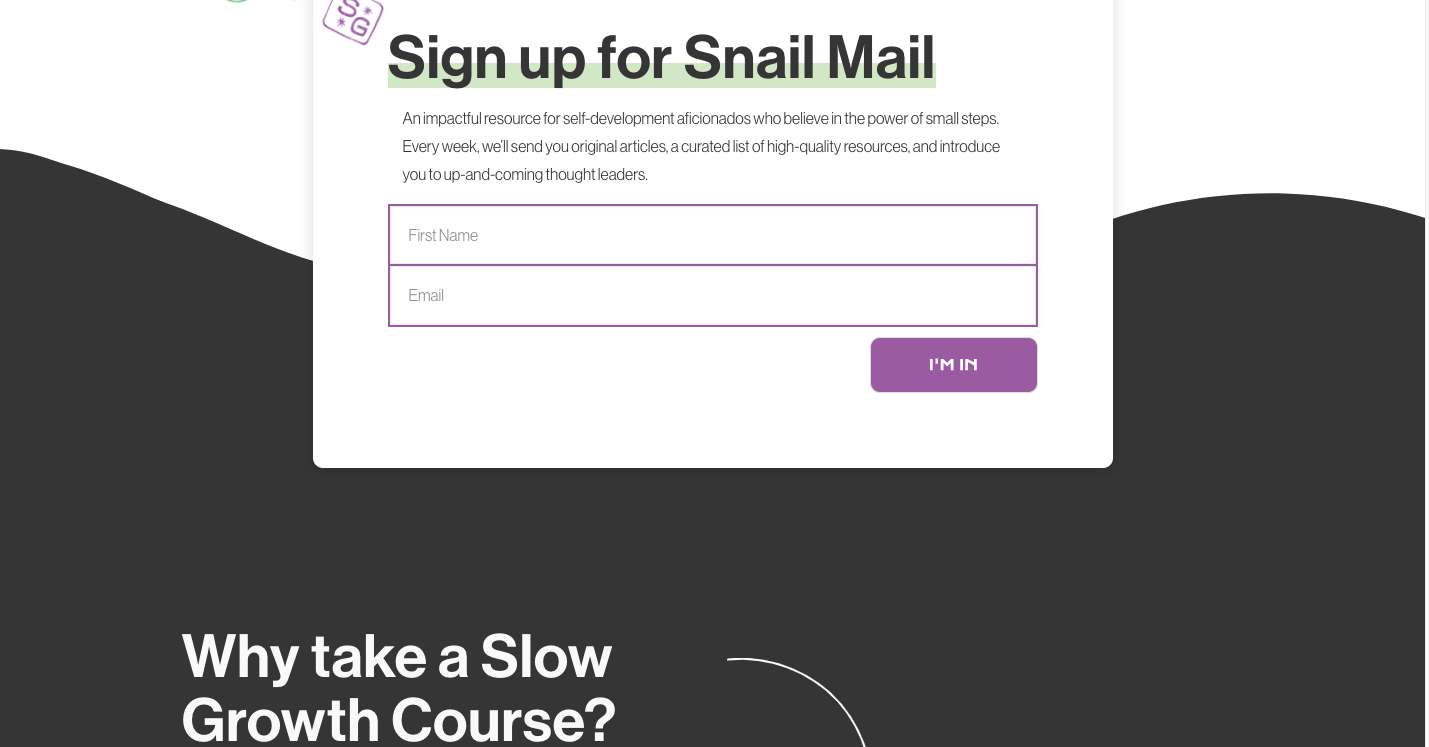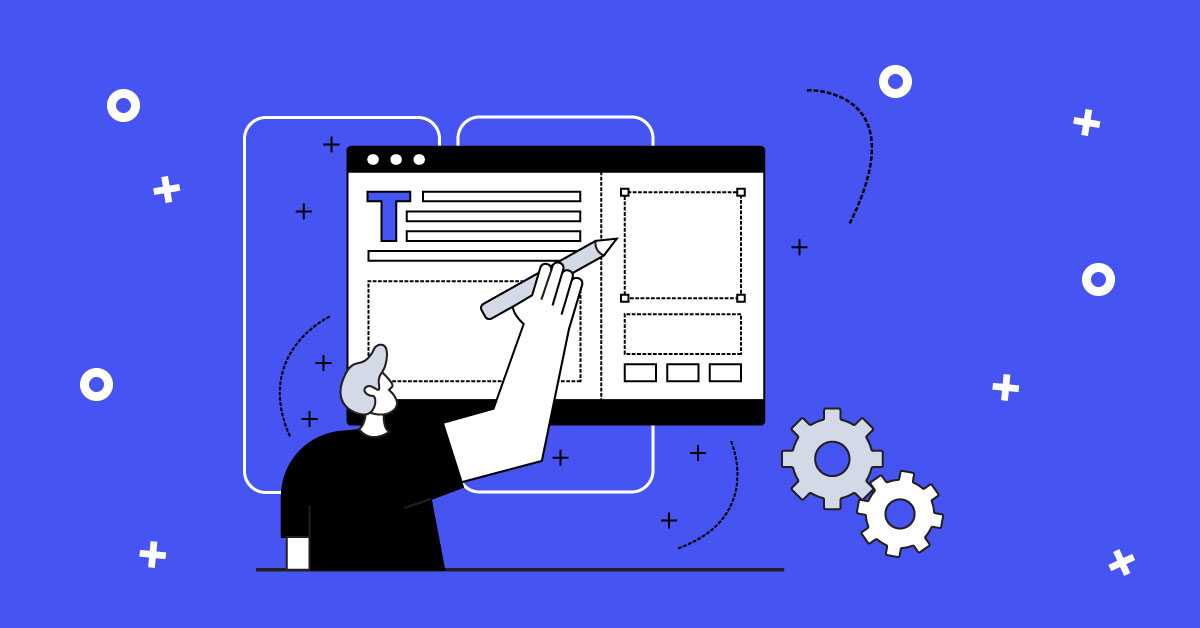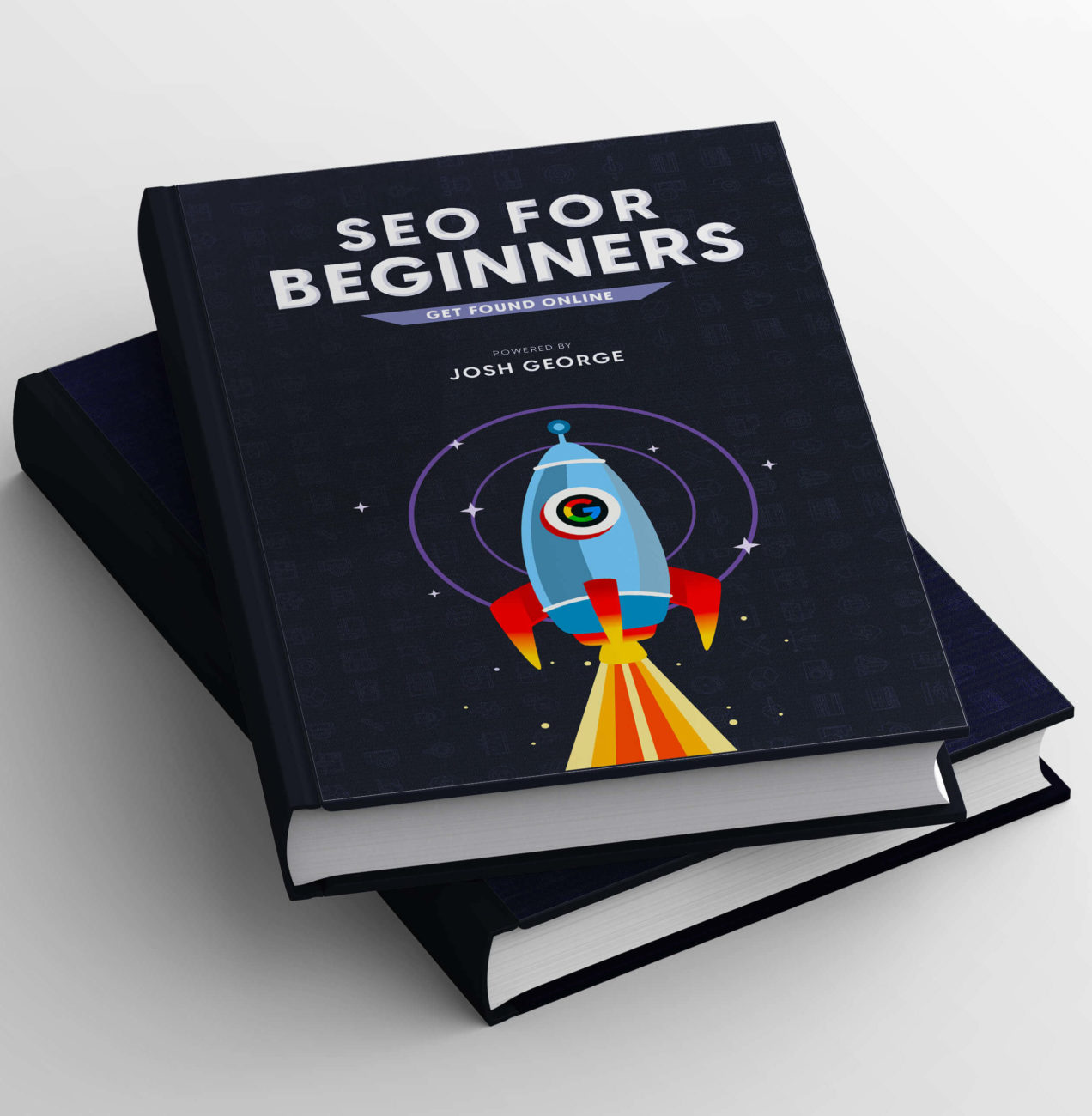SEO is probably the most crucial concept of digital marketing. However, some organisations fail to realise that search engine optimization needs to be considered during the web design process and not to be added in later.
Whether you have a local business or an established enterprise, your website is the centre stage of your digital marketing goals. It is the place where all your internet-related objectives run towards. And obviously, the most significant source of your website’s traffic is generally organic growth.
Still, many businesses don’t consider SEO until the website has been designed. As a result, these sites lack digital marketing and fail to rank on internet searches.
If you are looking to find ways to build an SEO friendly site with the help of web design, then you’ve come to the right place.
This article will provide you with all the information you need regarding SEO website design, including the definition of the concept, how web design affects SEO, and how you can create an SEO-friendly website design.
Let’s get started.
What is SEO Website Design?
SEO web design refers to creating, developing, and designing websites to make search engines lucrative.
What does making your SEO-friendly mean? It means designing your site so that Google and other search engines understand and interpret the concept of your website efficiently and index it in their database.
Once indexed, the search engine can deliver the most relevant website pages to its users based upon their search. In simple words, the more effort you put into your SEO web design, the more chances of indexation and ranking on the primary page of the search engine. It will, in turn, result in more traffic.
From the fact that only 5% of users ever navigate through the second page of Google search, you can estimate the importance of SEO web design.
There is a running joke in the industry that the best place to hide a dead body is on the second page of google.

How Web Design Affects SEO
Google always prefers user-friendly websites. As a result, the design of your website can affect SEO in multiple ways. Good web designs help search engines and users to navigate the website easily.
Here are some of the most prominent ways web design affects SEO.
Page Loading Speed
Page speed is one of the most crucial factors on which Google decides the ranking of a website. Moreover, a fast page loading speed will auger for a more productive user experience and encourage them to visit the website repeatedly.
Heavy images, unoptimised plugins, and other useless fluff are the main reasons for increasing a website’s page speed. All this can result in loss of significant web traffic as it reduces user retention and their chances of revisiting your website.
Parallax Website Design
This design refers to creating the entire desktop site on a single page title instead of using multiple pages.
This design can be highly user-friendly and engaging, especially with attractive templates. It uses an innovative structure that allows users to jump down on a particular web page segment and is highly common amongst content and business websites.
On the flip side, this design can often distract the search engine from recognising several keywords. This makes it difficult for Google to understand the content provided on your website.
The reduction in the number of web pages can also affect SEO negatively. However, it majorly depends on the kind of website you have. If it is a content-based site, you surely need to rank on one or two keywords to become SEO friendly.

Domain Name
A domain name is the address of your website. Therefore, choosing a name that matches your business niche is crucial. It is also one of the first elements detected by the search engines, so it would make sense to include keywords or phrases in your Domain name.
An innovative domain name also helps users discover your site more often than not. However, ensure that you don’t choose a lengthy name since it might make it difficult for the users to remember your website’s address.
Here’s one exciting scenario. What if you want to change your domain name for some reason but don’t want to lose out on the present rankings?
You can do this by a method called 301 re-direct. It is supported by multiple search engines and helps you retain the rankings of your existing site while transferring users to your new website.
Navigation Interface
A good navigation interface allows users to surf through different pages of your site quickly. Your website’s design is the first thing users observe upon visiting the site.
A slow-loading site with an unattractive design will instantly drag them away from the page. Therefore, it is imperial to invest in the appearance and interface of your site.
The navigation interface is also crucial for search engine results. Unprofessional web development can harm your search engine rankings and prevent your site from becoming SEO friendly.
How to Create an SEO Friendly Website Design Structure
Now that you know SEO is exceptionally vital for your web design which affects SEO, it’s time to find out how to develop an SEO-friendly website design structure.
Before that, you need to know that there are two main parts to developing an optimised website. These are on-page optimisation and off-page optimisation. Here is a brief guide to both these segments.
On-Page Search Engine Optimization
It refers to all the practices implemented on the website to improve its search engine rankings. It plays a vital role in making search engines understand your content and improve its rankings. Here are some of how you can get a hold of your on-page optimisation.
- Conduct keyword research, identify relevant ones to your content and site search and place them in appropriate places on your web page.
- Develop a URL structure that is ideal for both users and search engines.
- Make optimum use of title tags, meta descriptions tags, meta tags, and image files.
- Create engaging content that has the scope of earning inbound links during off-page optimisation.
- Leveraging multiple content formats like videos, images, lists, and texts.
- Design a visually appealing website and broadcast your company’s theme perfectly.
- Develop a fast, responsive design that augers user satisfaction.
Off-Page Search Engine Optimization
Off-page SEO refers to all the activities used to manage the back-end execution of the marketing and amplification of the website. This results in gathering links and social media shoutouts to increase your website’s credibility, increasing traffic and SEO searches.
Here are some of the most prominent Off-page optimisation techniques you can use for your web design.
- Use keyword phrases in anchor texts in inbound links
- Gathering links to include deep within your website
- Collecting inbound links from websites that are favoured by search engines.
- Keeping a close eye on competitors to see what strategies they use to rank higher search results.
How to SEO Your Site
There are two ways of approaching. You can consult professional web designers on board or use some tested techniques to get SEO results.
Here are some techniques that you can resort to for getting effective results.
Set Your Research Baseline
The first step to improve your website’s performance is to figure out where you currently stand. Generate a comprehensive organic and paid searches report on mobile devices and desktop sites.
Find Relevant Keywords and Search Queries
Keywords are the heartbeat of any successful SEO web design. Align your keyword phrases with the website content and match them with the search intent of your target audience. A keyword research tool can help you in finding the best-performing keywords.
Put Out Optimised Content
Once you know the keywords you are supposed to use, you can start drafting high-quality content for your website. This will make up for around two-thirds of your content marketing strategy. Avoid using duplicate content as it can harm your google search engine rankings.
Put Emphasis on Backlinks
Google prioritises websites that provide valuable and concise information to its users. It uses the EAT principle; expertise, authority, and trustworthiness to assess the credibility of your website. Getting your site’s link on awesome pages of well-known brands can help build your EAT profile.
Find and Fix Technical Issues
Content is primary, but your SEO techniques also need to consider technical glitches. For example, you need to ensure that you are using HTTPS in your link address as google favours such links.
Deep diving into the technical aspect can also help you improve title tag page speed, fix crawling errors, and differentiate human users from bots.
Keep Up with the Trends
Finally, it’s all about staying informed and adapting to the changes in the business environment. Google and other search engines keep updating their algorithms and altering the parameters that affect search engine results. Follow industry bloggers and SEO Centric news to keep up with all the changes.
Frequently Asked Questions about SEO and Web Design
Do web designers need to know SEO?
Yes, other than coding and developing websites, web designers also need to stay up to speed with commercial aspects of web design. This marketing aspect includes SEO insights that can positively change the total web design approach.
How can I do SEO for free?
You can build SEO friendly websites without spending any extra money.
Most of the tips laid down in the ‘How to SEO Your Site’ section don’t cost anything and can be used to optimise your website.
Moreover, there are certain free tools that can help you get better SEO rankings. Some of these tools are as follows.
Summing It Up
Building an optimised website right from scratch can seem daunting. However, looking at how far this practice of curating your content according to users’ needs goes, it is worth the extra effort.
There is so much to consider, from page titles to outbound links, while designing your perfectly optimised website. You need to caution your page’s content and ensure that you don’t provide your human users with a slow website.
So what are you waiting for? Get started on your SEO web design journey today.



